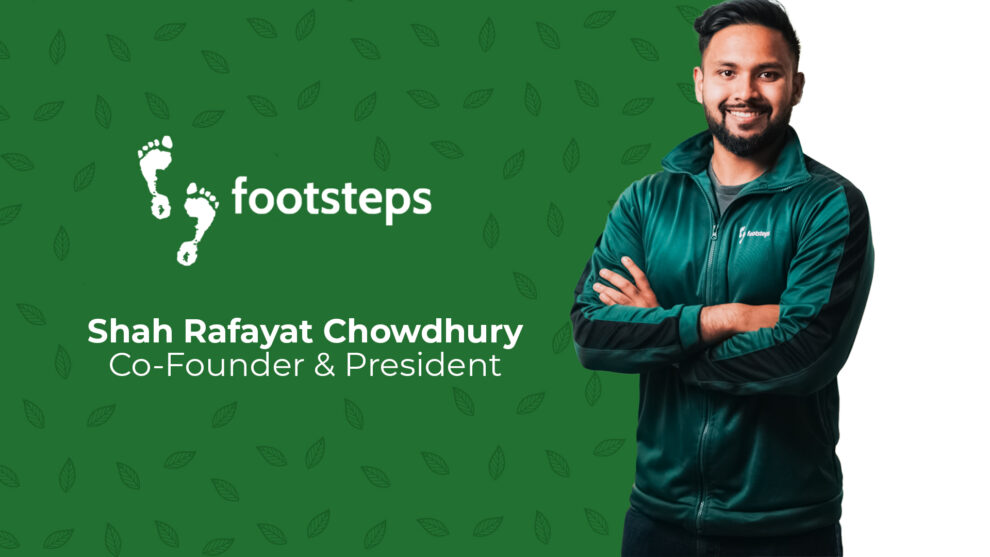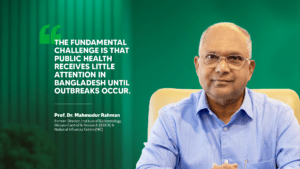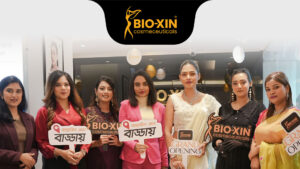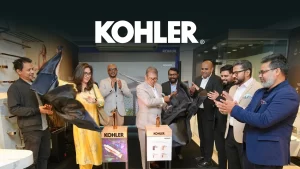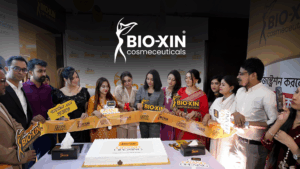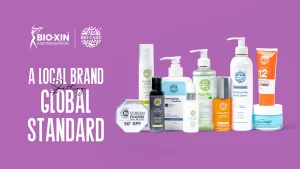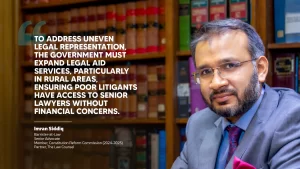- Tell us about Footsteps and what it’s all about?
Footstep is a next generation organization where we design social ventures to address not only the social challenges that exist in our community but use the solution to build a community so that ultimately we can transform the communities’ mentality from being dependent to becoming self resilient. So, that is our main mission.
There is a misconception whether footsteps just work only in water or not. We actually work on a lot of different areas. Different areas have different problems. Our goal is to solve the problem and use the solution to basically develop the self reliant mentality among communities. So that they no longer need to depend on anything anymore. That’s what Footsteps is.
- What inspired you to form this and how are you planning to contribute to society through Footsteps?
I started Footsteps back in 2013 with a bunch of friends. I remember I was in the school cafeteria of scholastica and having this discussion with my other friends about what we can do for society. We were in grade 11 that time. We were discussing that there were so many organizations working and their work was very inspiring. We thought about how we can do something for the communities as well. So that’s where the idea of footsteps was born. Even the name is inspired from a hope, where a journey of a thousand miles must begin with a single step. That’s the first step towards our community. But our first experience was when we went to the north during a winter distribution program, we realised that the solution we are doing right now is actually solving the problem or contributing towards a bigger problem out there. The people were fighting for the blanket and every year the same people would come for the same blankets. We then decided to provide solutions within the communities themselves instead of going into random communities and distributing aids. Our ideas for capacity/community building and empowerment came through these decisions. We spent two years researching, trying to find out the problems within the communities. It was around 2014 when Footsteps started making documentaries and we made a documentary named ‘Dhaka City of Possibilities’. There we tried to find out what problems are faced by the random citizens in Dhaka. We also covered the problem on ‘Brain Drain’. We came up with the project ‘Trishna’ after a personal experience encountering a rickshaw puller. I was going to Tejgaon from Gulshan in a rickshaw and the rickshaw puller stopped for a drink and crossed the road to have a glass of water. At that moment, I thought that we could do it as well outside office spaces. We can set up small water filtration tank with company logos so that it would boost their image as well as help the thirsty. So we have served more than 100,000 people over the last 7 / 8 years through our projects.

- Give us a glimpse of all other Projects of Footsteps and how they complement each other?
Well the first project is Project Trishna where we go to the communities and empower those communities through access to safe water and sanitation. There, we would build a safe water system, tube wells, filtration devices, water extraction plants etc. and then try to empower the community to become self resilient in that way. So that’s the Trishna project.
Second project would be a Disaster Resilience Program (DRP), where in the same way we try to build communities which are resilient in the face of Natural disaster. Whenever there’s a natural disaster like a cyclone or like a flood, different organizations come forward and give food and water aid etc. But we thought what if communities could become disaster respondents on their own. So that is what we are trying to build through DRP by creating resources as well as knowledge capacity within this community so whenever the disaster strikes, external parties no need to get involved. They can amend the disaster on their own and now we are doing it and creating portable water filters which convert flood water into drinking water. We are training rural women how to use it and become disaster respondents. Also there is rebuilding houses which are climate resilient. which wind can shift easily during the flood crisis. We are working on a farmer support program and also build livelihoods so that they can save their income and use them during the time of disaster. So that’s the concept of the DRP program.
The third program is the project which energizes the change. This is a unique project which we are working with University of Pennsylvania as well as with other international organizations where we go to the Community clinics and build the vaccine storage capacity. How do we do it? One of the biggest problems in rural settings is the vaccine needs to maintain a constant temperature of around 2 to 8 degree celsius but if there are not enough sources of electricity then the vaccine cannot be stored properly. So what we do is not only set up a vaccine refrigeration unit in this clinic but we connect these fridges to nearby power lines. So, there is a reliable source of electricity available for 24hrs straight.
And the last program is Project we can. This is a program where we go into different schools and communities and build knowledge on how to properly manage their waste. We mainly do it in the schools and sell the wastages to different recycle agents and use them for school development purposes. That is one part. And the other part is we provide protective gear to waste workers so that when there is exposed waste they have protective gear to protect themselves from the bacteria and virus out there.
So these are the four programs currently active in footsteps right now.
- Tell us more about Project Trishna and how the idea came up?
So as i mentioned before project trishna was born from an experience. And I would also say the development of project trishna throughout the year has been from experiences as well. When we first went out for project trishna we only went out on intention to ensure safe water. We never thought about the technical aspects. We felt that manual filters were actually safe enough to provide safe water to the public areas. We started getting complaints initially because people were drinking a lot and the system was not able to meet the demand. And us being like 18 to 19 years old started our research on what would be the better capacity system. That’s when the idea was born. We design a water system that goes to each area where water is needed. For example there were some areas where the water was contaminated with bacteria and viruses. We go for the uv radiation system, and for some areas with arsenic we go for the reverse osmosis system. The capacities are like for example, 500 people we have one system and for 2000 people we have another system. So it was specific during that time. But after a while around 2018 we started realizing that we are setting up this water system outside of the office because of CSR1 and most of these offices are situated in areas like gulshan, banani and affluent areas of dhaka. And that made us think whether we are actually making a difference out there and where we are actually reaching people who need that water specifically. Then we publicly announced that we are looking for sites where we can actually make an impact with trishna and at that point a school teacher reached out. Here is a story of how a lot of his students missed their classes and he was suspecting that it was because of drinking water in his school since most of the students spend a huge chunk of their time in the schools. And we went there and I can remember I got my finger inside the tab and after what happened was that a bunch of rust fell on my fingers. I take the stories to one of our founders at Buro Bangladesh, Farmina apu, who is one of the associate directors of Buro bangladesh. After that she gave me funding for five systems. So that’s where the school model of trishna formed. And right now as of 2021 we are working on schools, public sites, hospitals and we are also setting tube wells in the rural areas. This project is currently active in five districts, ensuring safe water to 75000 people and among them, 17000 are children and the numbers are increasing day by day.
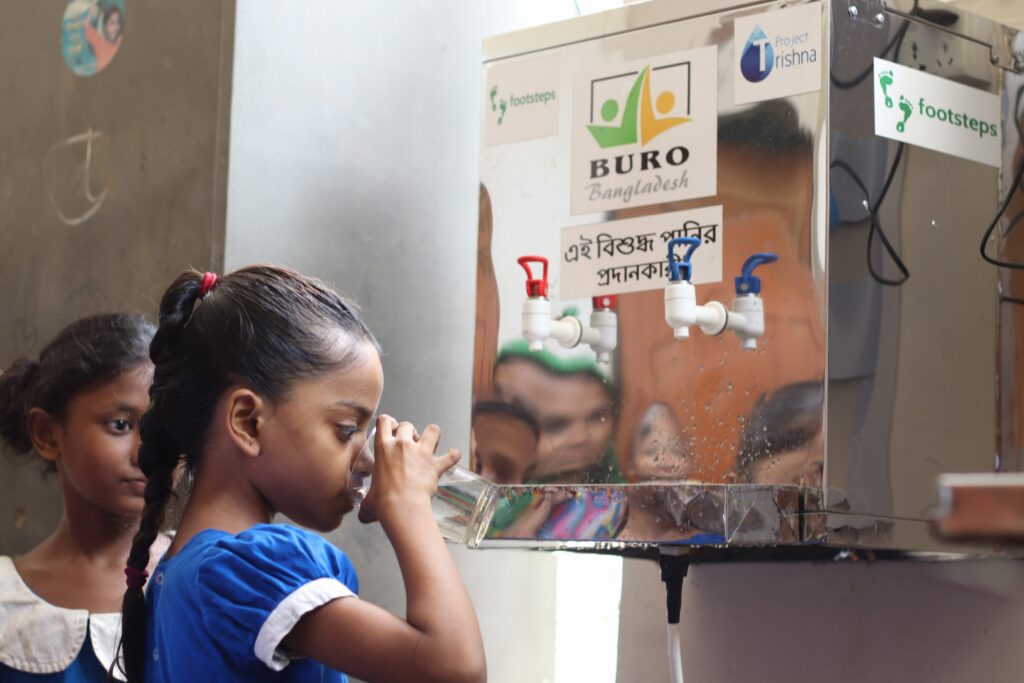
- Describe the involvement of The Shawn Mendes Foundation with Project Trishna and how the collaboration will take place?
It was actually surprising for me! Let me share a background story. Back in 2017, I was a part of a group called Global Changemaker where I attended as a youth change maker for their global youth summit in Zurich. After 2017 we kept in touch with Global changemakers and they kept their eyes on us. They funded a couple of our projects as well. A couple of weeks ago they reached out saying that they presented my portfolio to the shawn mendes foundation and shawn mendes foundation loved what we did and they were willing to give us the wonder grant over there. Then after that we get to know about it. It was a pleasant surprise for me and the grant was going to be specifically for Project Trishna which is to be used to set up a safe water station in a school in Sylhet. So that’s how the Shawn Mendes Foundation came in.
- Tell us about the team in brief and their responsibilities? How can one engage with it?
Our team has been growing since day one. In the current core team there are three of us who actually came back from education abroad to work in the communities of Bangladesh. So there is an executive board, we also have employees and project coordinators and program coordinators and different types of officers as well. And the other component is where we have change makers who are young volunteers who ensure that our work reaches every community out there. We are basically utilising the youth to get the work done.
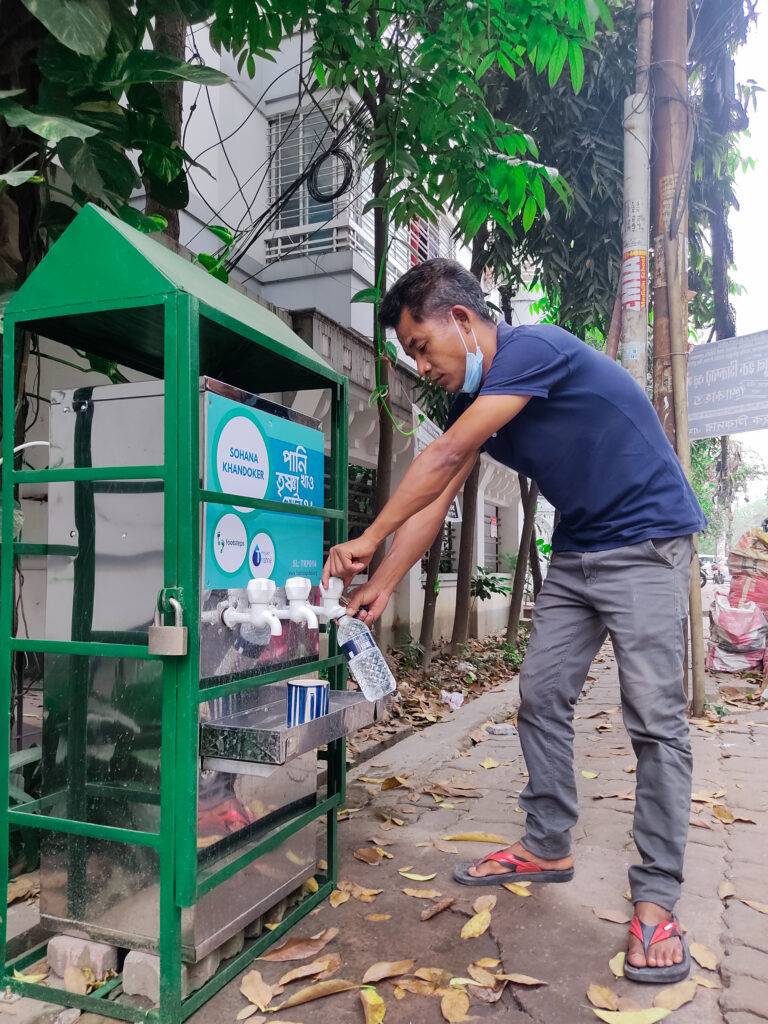
- Share some of your notable projects you have done previously and who have supported you the most to make those successful?
I have already talked about the ongoing projects. We have several projects which are actually hard to count. Here I would like to share a story of how footsteps started. It was very difficult because we were young and I was only 17 years old. I was trying to get funds so that I can get the organization registered and we need to get a bank account. I remember asking my friends whether they would be willing to give me 4000, 5000 taka. But none of them were coming forward because they were thinking this guy couldn’t do it. Then I was still going on and sharing the story of starting my organization. One day one of my friends’ mom got to hear about it and she came to our home. She gave me 40,000 taka and told me, do whatever you need to get footsteps started. And that’s the money footsteps got initially in the early days. In terms of funding we are actually funded by local organizations, corporations as well as NGOs. We have international partners as well. Some of the notable local partners we have are The City bank, Buro Bangladesh, United Group, Meghna group of industries through Fresh. Internationally we have global change makers, AFS, University of Pennsylvania and also we have several other partners for other projects.
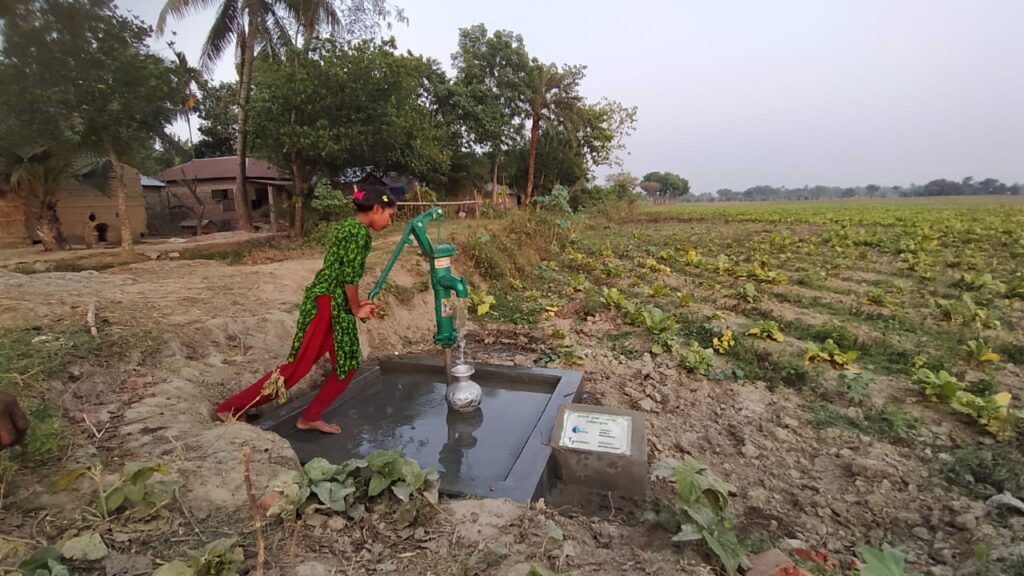
- How do you pick the right places where you feel that the donation should reach properly?
It’s actually the community coming themselves forward. What we do is we collect the stories from the ground which is why the groundwork is so important to us. So when we go on the field, we collect the stories and share it with different funders and partners and that’s the way the resources are mobilized. If the fund providers find the stories are relatable they proceed on that. In terms of funding it’s very easy for the corporation to get funds right now as we have a partnership. Right now what we are doing is not using the funds to solve the problem but to develop the community by using solutions. So it actually has a good proposition for the people and the organization that we partner up with.

- What is something new we can expect from this venture and what goal you want to achieve in the upcoming few years?
We are claiming ourselves as a next generation organization. By next generation organization I mean bringing innovation into the NGO sector of the development sector that has not been seen before specifically in terms of Bangladesh. For example we are developing resources, tools, as well as products that will scale up the work. This is something we don’t want to do only by ourselves but we also want to set an example for others to follow. For example one would be a community empowerment model. We are not only going into the communities and solving the problem, but actually we are developing the community by solving the problem as a whole. That is one approach. Second in terms of technicality, we are developing our first portable water filter model which can convert flood water into drinking water. Then we train women and break the social taboo that women can not work. So these are the types of products we are bringing in. And there is also a big concept like whenever we work in these sorts of areas it’s not always like bringing the solution from abroad, but why don’t we develop the product from our own home ground. So it’s like building local changes by using local solutions which can be replicated by NGOs and other development organizations around the world. We don’t only want to be the role model for Bangladeshi organization, but also for the organization globally out there.
